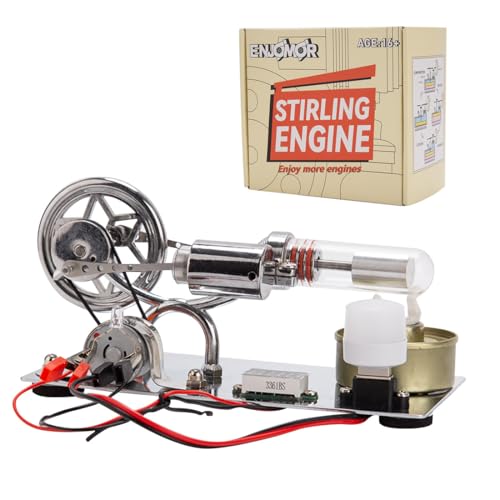#13 Its my nature to change plans, make spur of the moment alterations, and last minute decisions. When I originally checked my raw material stock pile I had all the metals needed to build the #41. When I took hold of an aluminum square bar for the cylinder I felt the need for a more durable material like brass. A quick look told me there was no 1" square bar on hand. No problem I'll just order in a foot or two. A price check told me big problem! The 1" x 1" brass is nearly $40 per ft plus shipping! My only other option was to saw out the needed size from a big chunk of scrap yard brass hex.
Below is the unconventional set up I used to band saw cut the stock from the brass hex. Its not a very rigid set up, but it worked.
#14 When the saw blade reached just past the vise jaws I stopped the cut and test fitted a square brass shim equal to the width of the blade.
#15 After lifting out the blade, the shim was taped in place and the work piece flipped end over end. I then finished the first of four cuts needed to rough out a rectangle that the cylinder could be cut from.
#16 I milled all four sides to size and square up the rectangle. After marking out at 1" a piece was sliced off, and then the cut end was finished up with further milling.
#17 I used a precision square and a granite check stand to verify squareness and parallelism before proceeding with the next steps.
#18 After plotting out all the machine coordinates, I marked out all the center lines on the work piece as a way of double checking the machine moves.
#19 Everything went well with all of the milled, drilled, and tapped holes. The two angled ports between the top of the cylinder and the slotted face ports will be drilled after the cylinder is bored.
I set up the cylinder in the four jaw chuck to turn and face the first round end. After wards I drilled and reamed the 1/2" bore. After reversing the piece in the four jaw, the bore was used in conjunction with a tenths indicator to set up for turning the round end. Sorry, I forgot to take pictures of the setup in the four jaw. It was an intense experience due to my limited knowledge with setting up and using a four jaw for this type of machining operation.
#20 I used two angle plated taped together to give me the 16&1/2 degrees specified in the plans. Double sided tape held them in place against the fixed jaw of the vise. Not a great looking set up, but I was very careful and it worked. Note the tape sticking out past the side. This is a matter of habit since it can be very difficult to remove taped angle plates if they do not stick out past the jaws. In this set up the angle plates were easy to remove.
#21 The final step on the cylinder was the out side profile. I personally didn't care for the conventional profile shown in the plans. Covering up the cylinder with plain lagging was not appealing either. After a little Milling a simple profile was found to be very appealing to me.
Below is the adjustable angle block I used to set up the cylinder for milling the profile.
#22 The picture below shows all the machining finished on the cylinder block. All that's needed now is some finish up work with files and sand paper.
Back to work! :big:
-MB














































![DreamPlan Home Design and Landscaping Software Free for Windows [PC Download]](https://m.media-amazon.com/images/I/51kvZH2dVLL._SL500_.jpg)







































